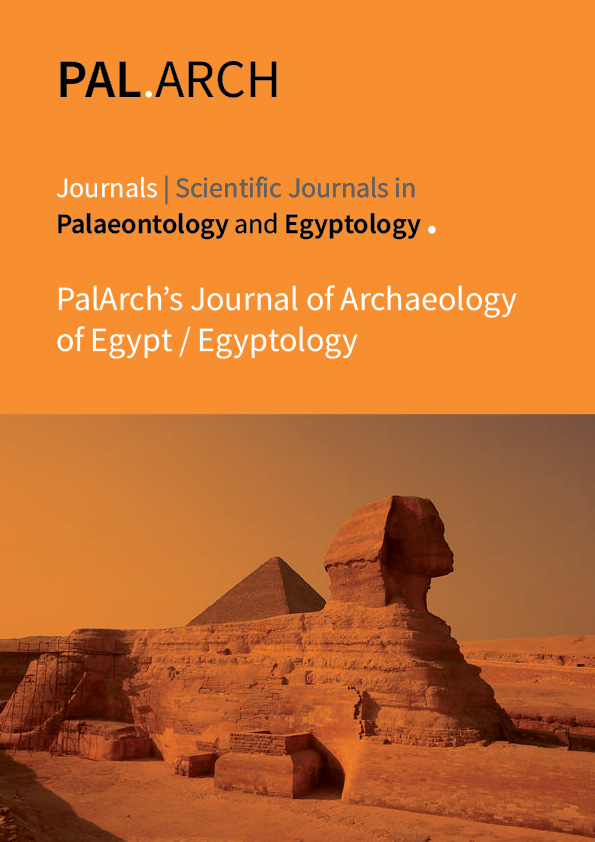Decoding Mimesis of Trauma in Art Spiegelman’s Maus
Abstract
This paper studies the principles of mimesis in Art Spiegelman’s graphic novel, Maus
which showcases trauma and dehumanization of the Jews during the Holocaust period in Nazi
concentration camps. Art Spiegelman’s choice of using art to iconize, index, and symbolize the
aspect of trauma allows for an understanding of semiotics of Mimetic principles of Theodore
Adorno. The very idea that art actually “transfigures” and augments truth instead of merely
trying to be an exact representation allows Spiegelman to create a powerful visual narrative to
showcase trauma and dehumanization, and suggests that Adorno goes beyond Plato’s perception
of mimesis. Adorno also approximates Du champ’s perspective that Art, when relieved of the
burden of providing sensorial pleasure can become independent of aesthetics. Adorno’s idea of
‘speechlessness’ being equally powerful a means of communication as is the ‘speech or the
word’; and, that even a static frame of characters become a movie in the consciousness of a
reader (reader-“space”), alters the idea of mimesis itself. A visual narrative thus becomes a
means of accessing the reader-“space” in a Bathes-ean context. Further to the context,
Spiegelman’s visual narrative allows an opportunity to examine the process of assimilation
(Angleichung) of meaning.



